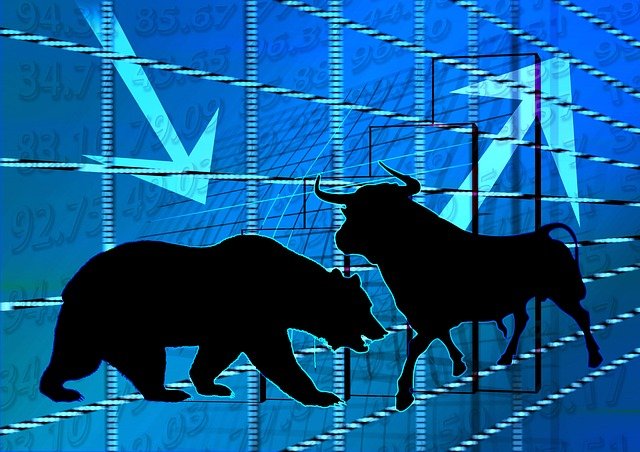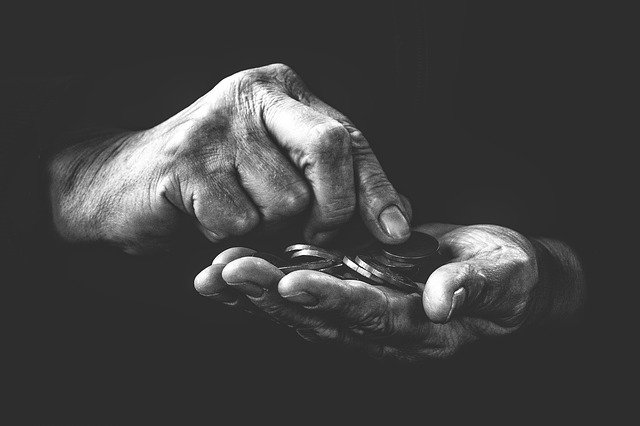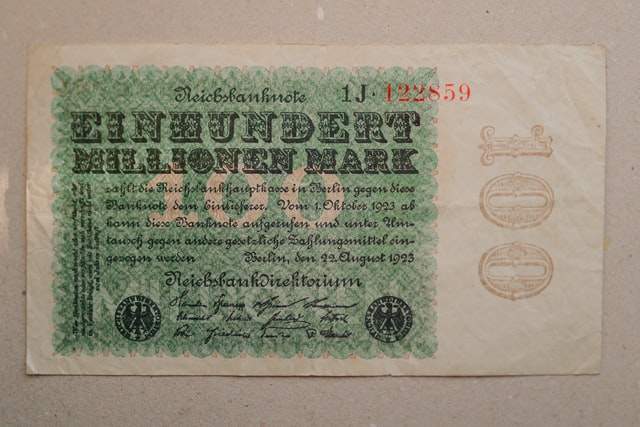Moral hazard and adverse selection are utilized to describe economics the management of risk and insurance to explain situations in which one party is placed at disadvantage because of the actions of another.
Moral danger is when there’s an imbalance of data among two people, and an alteration in the behaviour of one of them occurs when an agreement between two parties has been reached. Asymmetric information is the situation in which one party in a transaction has more in-depth knowledge than the other. Moral hazard typically occurs in the insurance and lending industries, however it could be present in employer-employee relationships. When two parties enter into a contract with each with respect to moral hazard, the risk could be present.
Adverse selection is an instance where sellers have more knowledge than buyers or vice versa regarding a particular aspect of the product’s quality, even though the person with more knowledge will be the vendor. The adverse selection happens when asymmetric information is utilized.
Moral Hazard
In a moral hazard scenario where one of the parties signing the agreement gives false information or alters their behaviour following the signing of the agreement signed because they believe they will not be held accountable in the event of their behavior. If a person or entity doesn’t take on the entire cost of an incident, they might be motivated to take on more risks. The decision will be dependent on what can bring them the highest amount of benefits.
It is always a possibility that one of the parties hasn’t concluded an agreement in good faith, and might do this by lying regarding their assets as well as their liabilities or credit capabilities. This could happen in the financial sector when a contract is signed between the borrower and the lending institution. Moral hazard is also a common occurrence in the insurance sector.
A good example of Moral Hazard
For instance, let’s say the homeowner is not covered by homeowners insurance or flood insurance, but is located in a flood zone. The homeowner is cautious and has an alarm system for their home that can help prevent burglaries. If there is a storm and flooding, they prepare by clearing the drains as well as moving furniture to avoid destruction.
But, the homeowner is exhausted of being concerned about possible flooding and burglaries and so they buy flood insurance and home insurance. Once their home is secured and their home is insured, their behaviour shifts. They end the security system for their home and are less likely to prepare for the possibility of flooding. Insurance companies are now at greater likelihood of getting a claim against them due to flood-related damage or the destruction of their property.
A History of Moral Hazard
Based on research conducted of economics Allard E. Dembe at The Ohio State University and Leslie I. Boden at Boston University, the term moral hazard is widely used by insurance companies in England. Although the early use of the term implied fraud and moral conduct, at times, the term “moral” can also be employed to refer to personal behavior in the field of mathematics. Therefore, moral implications of this word aren’t obvious. The 1960s saw the beginning of moral hazards became the subject of a new study by economists. In the 1960s instead of being an expression of the moral values of the concerned parties, economists employed moral hazard to describe inefficiencies that result when risks can’t be understood fully.
Averse Selection
The term “adverse selection” is a scenario where one party in an agreement has more precise and more specific information than the other party. The party that has less information is in a disadvantage to the one with more details. This imbalance results in an inefficiency with regards to the cost and amount of goods and services offered. The majority of information in a market economy is passed via price, which means that adverse selection can be the result of ineffective price signals.
Ample of Negative Selection
As an example, suppose there are two groups of people who make up the population that smoke but don’t exercise and those who don’t smoke but exercise. It’s a fact that smokers and those who aren’t active have shorter life lives than those who smoke and exercise. Let’s say there are two people who want to purchase life insurance. One smokes but doesn’t exercise, and the other who does not smoke and who exercises every day. In the insurance industry, with no additional information, is unable to distinguish between the smoker but doesn’t exercise as well as the other.
The insurance company requires people to complete questionnaires that allow them to reveal their identity. But, the person who smokes but doesn’t exercise is aware that if they answer truthfully they’ll pay greater insurance premiums. The person decides to lie and claims they don’t smoke or exercise every day. This can lead to a poor choice and the life insurance company will be charging the same amount to both parties. But, insurance is more beneficial for smokers who are not exercising than smoker who is exercising. Smokers who are not exercising will need higher health insurance and ultimately be able to benefit from a lower cost.
Insurance companies minimize their the risk of large-scale claims through limiting their coverage, or increasing rates. Insurance companies try to reduce the possibility of negative selection through identifying certain groups of people that are at greater risk than the general population , and charge them higher rates. The function for the life insurance underwriters is to review potential applicants for life insurance to decide whether or not they should provide them with insurance, or what cost to charge. Underwriters generally evaluate any problem that could affect the health of an applicant, such as but not only the applicant’s weight, height family history, medical background and occupation, as well as hobbies, smoking and driving practices.
Another example of bad selection are the market for used cars, in which sellers may have more information about the condition of the vehicle and may charge customers more for the car than what the vehicle could be worth. 2 In the case of insurance for autos applicants, they may provide an address that has a low rate of crime on their application to receive a lower cost while they reside in a region with an extremely high number of car burglaries.
Differentiating Moral Hazard from Negative Selection
Both in moral hazard as well as the adverse choice, there is an information analysis between the two sides. The primary difference is in the way it happens. In a moral hazard scenario where the change in behavior of one of the parties occurs following the time an agreement is reached. In contrast, in an negative selection, there’s an absence of symmetrical data prior to when the contract or deal has been decided on.






